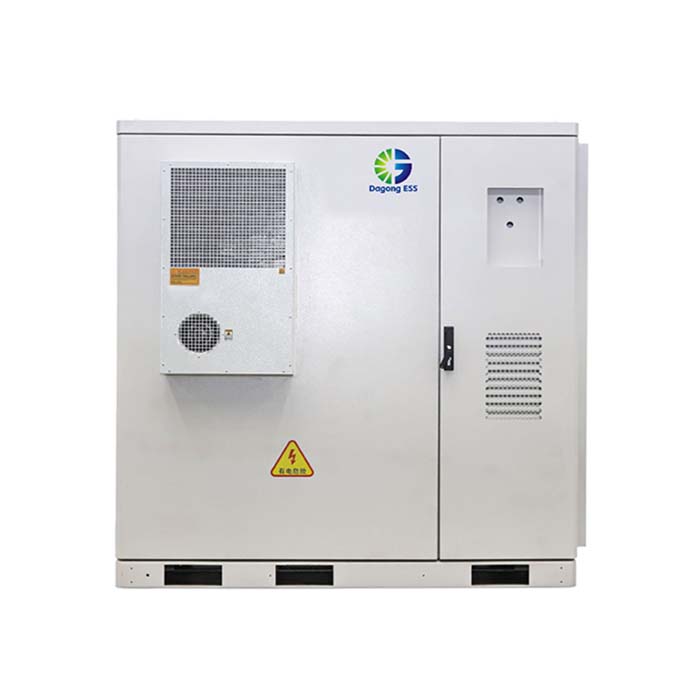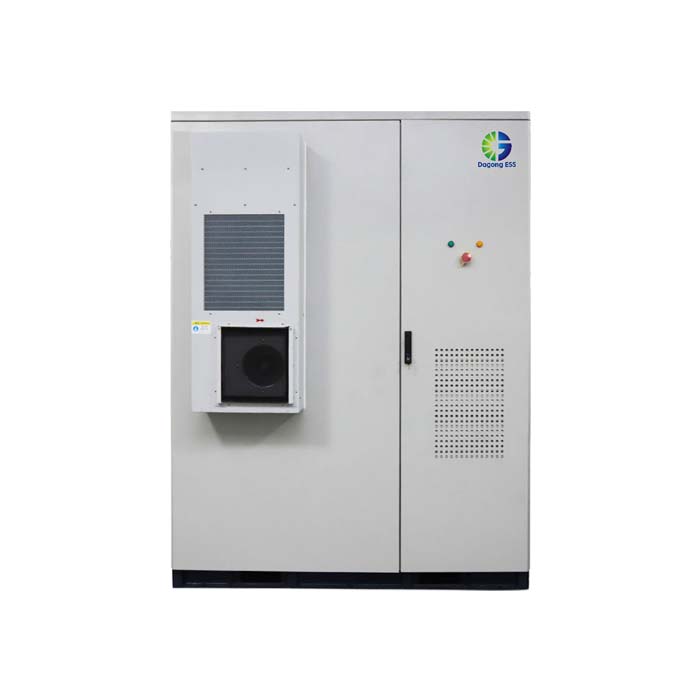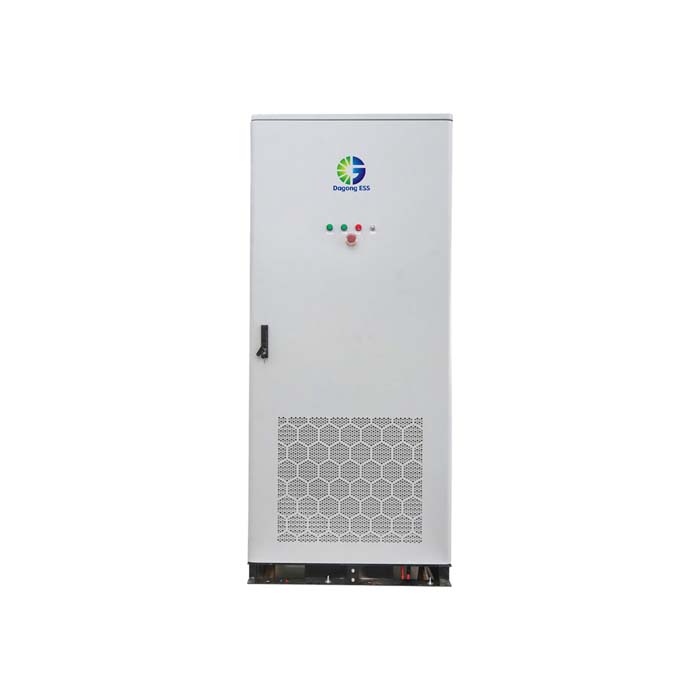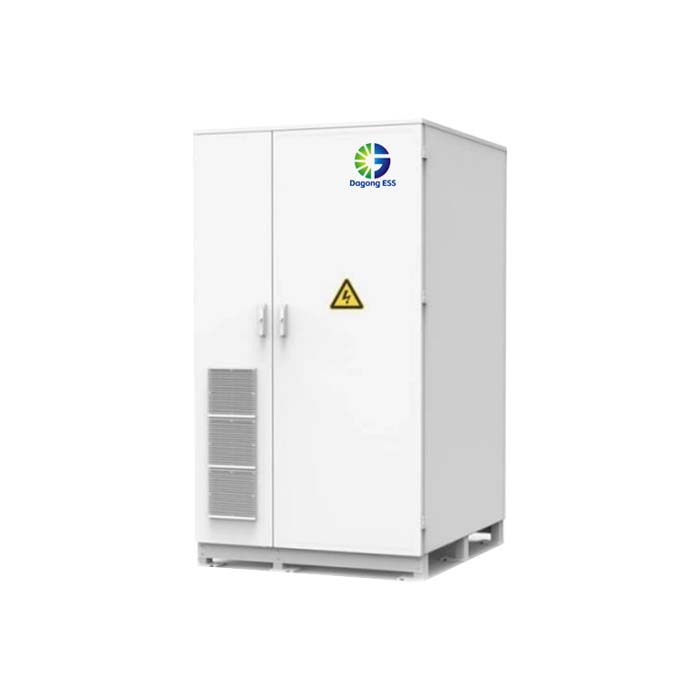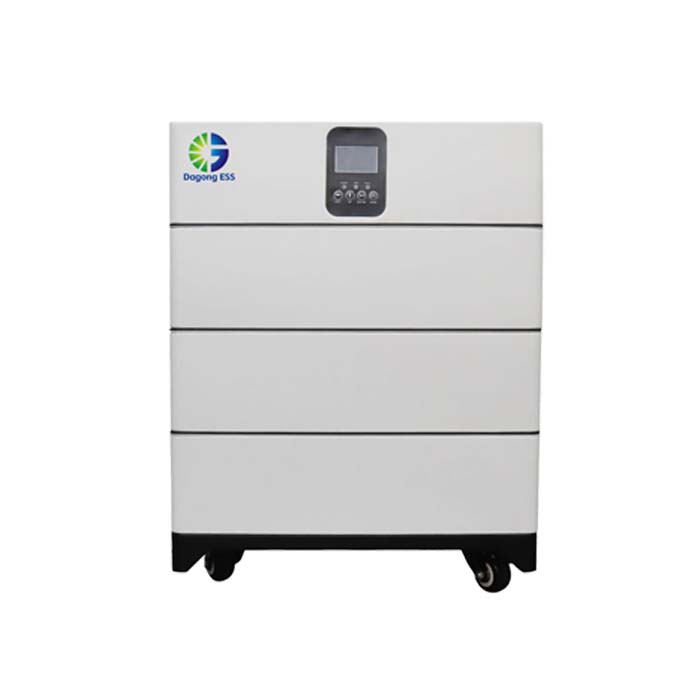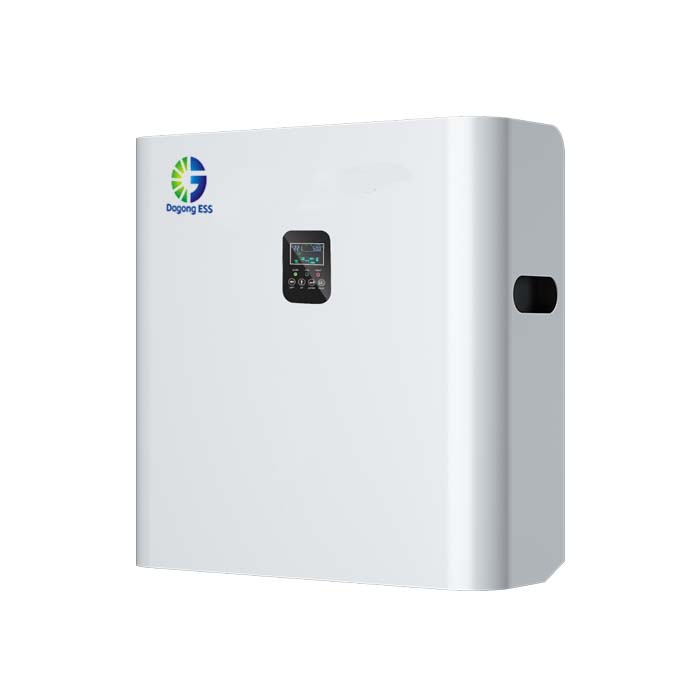Battery PACK: The "Energy Cube" - How Efficiency is Assembled
What Are Lithium Battery Packs?
A Lithium Battery Pack is a high-performance energy storage unit composed of multiple battery cells connected in series or parallel, integrated with a Battery Management System (BMS), thermal management system, electrical connection system, and protective structure. It serves as a core component not only for electric vehicles and energy storage power stations but also for home energy storage, industrial backup power, data center UPS, and more.
Advantages of Lithium Battery Packs:
High Energy Density: Utilizes premium lithium cells with energy density reaching 180-250Wh/kg, 3x higher than traditional lead-acid batteries, significantly reducing size and weight.
Intelligent Monitoring & Management: Equipped with an advanced BMS for real-time monitoring of voltage, current, temperature, and other critical parameters to ensure safe operation.
Long Cycle Life: Under standard charge/discharge conditions, cycle life exceeds 6,000 cycles (80% capacity retention), reducing long-term costs.
Efficient Thermal Management: Features liquid cooling or air cooling to maintain optimal operating temperature (20-30°C) with a <5°C temperature difference, extending battery lifespan.
Modular Design: Supports series/parallel configurations of multiple packs, flexibly adapting to different voltage (48V/1000V/1500V) and capacity (kWh to MWh) requirements.
Core Technologies:
Cell Sorting & Grouping: High-precision testing equipment ensures voltage, internal resistance, and capacity consistency for stable performance.
Laser/Ultrasonic Welding: Enables efficient cell-to-busbar connections, reducing contact resistance and enhancing conductivity & safety.
Smart BMS: Features SOC (State of Charge), SOH (State of Health), and active balancing to optimize performance and prevent overcharge/over-discharge.
Challenges for Lithium Battery Packs
The lithium battery pack industry faces several challenges. Dagong ESS addresses them with innovative solutions:
Challenge 1: Cell Consistency Management
Issue: With multiple cells in series (e.g., 1P52S), performance variations may reduce overall efficiency.
Solution: High-precision cell sorting + active balancing BMS to maintain uniformity.
Challenge 2: Heat Dissipation & Temperature Control
Issue: High-current charging/discharging generates heat, potentially shortening lifespan or causing thermal runaway.
Solution: Liquid cooling (cold plate/immersion) or air cooling + intelligent thermal algorithms for stable operation.
Challenge 3: High-Voltage System Safety
Issue: 1000V/1500V systems risk arcing or insulation breakdown.
Solution: High-voltage-resistant components, flame-retardant materials, and multi-layer insulation compliant with UL/IEC standards.
Challenge 4: Cost Optimization
Issue: High-voltage BMS and cooling systems increase costs.
Solution: Offers low-voltage (48V/51.2V) budget-friendly solutions for residential storage + optimized high-voltage designs.
Challenge 5: Installation & Maintenance
Issue: Large-scale systems require complex installation and high maintenance.
Solution: Modular plug-and-play design + remote monitoring to minimize manual inspections.
Why Choose Dagong ESS Energy Storage Solutions?
Dagong ESS lithium battery packs stand out in performance, safety, and service:
Ultra-Safe: Certified to CE,UN38.3, MSDS, 3C, with multi-protection against overvoltage/overcurrent/short circuits.
High Efficiency: >95% energy conversion; low-voltage = reduced copper loss, high-voltage = lower current loss.
Extended Lifespan: LiFePO4 cells support 8,000+ cycles (10-15 years).
Smart Management: 4G/Wi-Fi remote monitoring + seamless EMS/SCADA integration.
Custom Solutions: From 100Ah residential packs to 280Ah/314Ah industrial systems.
Applications of Lithium Battery Packs
Key use cases:
Residential Storage: Paired with solar for self-consumption & peak shaving.
Commercial & Industrial: Reduces demand charges & optimizes energy costs.
Containerized ESS: Modular MW-scale solutions for microgrids & renewables.
EV Charging Stations: Buffers grid demand for fast-charging infrastructure.
Backup Power: Ensures UPS for data centers, hospitals, and critical facilities.
Dagong ESS Product Showcase
14.33kWh Air-Cooled Energy Storage Battery Pack: The 14.33kWh air-cooled battery pack belongs to the energy storage system (ESS) category and is specifically designed to store electricity generated from renewable energy sources such as solar and wind power. It provides power during high demand or outages and features an air-cooling system for optimal temperature management.
46.5kWh Liquid-Cooled Energy Storage Pack: The 46.5kWh liquid-cooled energy storage pack is part of the ESS category and is designed for residential and commercial energy storage applications. It is specifically intended to store and supply energy during peak demand or power outages, featuring a liquid-cooling system to ensure optimal temperature management.
Customized Energy Storage Battery Packs
At Dagong ESS, We offer a variety of customized solutions to meet the diverse needs of residential and commercial applications. Customization options include battery cells, protection levels, Battery Management System (BMS), and capacity. Details are as follows:
Battery Type: Choose battery chemistry based on factors such as cycle life, cost, and safety.
Capacity: Customize the capacity of the battery pack according to specific requirements.
Voltage: Select different nominal voltages based on system requirements and compatibility.
Cooling Method: Choose between air-cooled or liquid-cooled designs based on environmental conditions and cooling efficiency needs.
Protection Level: Customizable protection features, such as IP ratings (e.g., IP20, IP67), to ensure safe operation in both indoor and outdoor environments.
Battery Management System (BMS): Customize the Battery Management System (BMS) with features such as remote monitoring, advanced safety protocols, and real-time performance tracking.
Frequently Asked QuestionsQ1: What affects lithium battery pack lifespan?
A: Key factors: Depth of Discharge (DOD), operating temperature, and BMS strategy. Recommended: 20-80% SOC range at 25±5°C.
Q2: How to choose between high & low-voltage systems?
A: Low-voltage (e.g., 48V): Cost-effective & safer for homes/small biz. High-voltage (e.g., 1000V): Higher efficiency for large-scale storage.
Q3: Can existing packs be expanded/upgraded?
A: Yes! Our modular design allows adding/replacing packs easily.
Q4: What is the difference between a battery and a battery pack?
A:The battery cells are arranged in modules to achieve serviceable units. The cells are connected in series and in parallel, into battery packs, to achieve the desired voltage and energy capacity. An electric car for example requires 400-800 volts and one single battery cell typically features 3-4 volts.
Q5: What is a battery pack used for?
A:A battery pack is a collection of battery cells or modules packaged together to provide a unified power source, used in various applications like electric vehicles, portable electronics, and energy storage systems.


